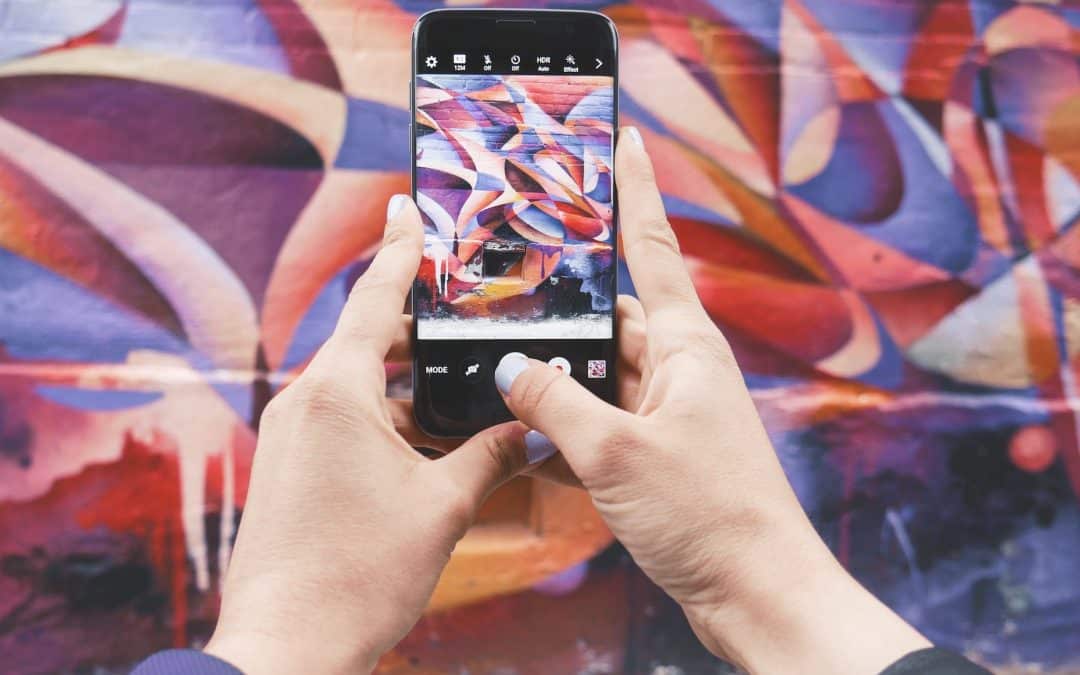For many brands, influencers are an important element of the marketing mix. But influencer engagement has changed in recent years, and it’s critical to implement a strategic long-term approach to engagement vs. a one-and-done deal. Whether you’re promoting a product, service, experience, or something else, there are some baseline best practices to keep in mind for your influencer strategy to ensure you get the most bang for your buck.
Look Beyond Your Brand Status Quo
Identifying the right influencer for your brand is not just about the highest follower count or reach – it’s about engagement rates and relevance. But relevance extends beyond influencers creating content aligned with your brand’s primary category. Being thoughtful about how and where you reach your target audiences may include exploring other categories. For example, a food brand shouldn’t limit itself to just food or recipe influencers. There are relevant opportunities for food brands across other influencer content verticals, such as parenting, organizing, general lifestyle, and more. Expanding your influencer horizons may unearth new opportunities you haven’t considered before – and widen your potential reach.
Tread Trends Carefully
With the rise of TikTok, social trends have taken on a life of their own. But not every trend is a good brand fit, so don’t feel pressured to participate if it’s a disconnect or inauthentic. You’re more likely to face criticism if you pursue something that’s not relevant to your brand or audiences. If you do participate in social trends, be sure to credit the original creator, leverage corresponding hashtags to drive discovery, and respond to comments and engagements with the content. If your trend takeover is successful, look for opportunities to amplify the content. If your content didn’t hit the mark, learn from the situation and apply the learnings to future trend takeovers.
Another thing to remember when leveraging trends is timeliness. While some trends have longevity, others are a flash in the pan. Being quick and nimble is key. So arduous approval processes won’t work, but established guidelines will Trends are also an opportunity to tap into your influencer partners’ expertise and recommendations – these influencers live and breathe social media and can provide great insights on when and how to jump on trends – if you’re open to hearing it.
Don’t Forget the Budget
The days of getting authentic, high-quality content in exchange for product are behind us – and have been for a while. Unless you are promoting the most sought-after product (like a first look at Apple’s new Vision Pro headset), an exclusive experience (like an all-expenses paid trip to Dubai with a private Beyonce concert), or a high-value product, don’t expect to get quality influencer or expert content for free or at a significantly reduced rate. Influencers have bills to pay, just like businesses – and for most, this is their business and livelihood. As with other aspects of your PR or marketing budget, influencer engagement should be a line item with a budget. Paying creative fees for advertising and production and allocating budget for expert talent or celebrities is commonplace, so extend that thinking to influencer and content creator fees. Keep in mind, there are also a variety of ways to divvy up a budget, from engaging one high-dollar celebrity or mega influencer to working with 20 nano influencers, or a mix of nano, micro, and macro influencers. The best approach tracks back to your goals for the campaign.
Tracking Your Impact
Measurement is a key aspect of any marketing campaign, and the same applies to influencer engagement. But measuring impact extends beyond traditional social metrics like reach, impressions and likes. On Instagram, dig deeper into engagement metrics to track shares, clicks, and saves, which is a directional indicator for intent – intent to purchase, watch or read again, recreate, and more. If you’re including website or e-commerce links in your influencer campaigns, consider using attribution or affiliate links to gather a richer dataset beyond clicks or site visits, and ensure your CTA is actionable. For influencer content driving to e-commerce, try out custom promo codes (don’t forget to establish redemption limits!) for offerings around discounts, free shipping, or gift with purchase.
Get Your Money’s Worth
Usage rights are one of the most under-utilized and often forgotten terms of influencer engagement programs. During the contracting process, brands deem this a critical point – your need to secure the rights to re-post on your social channels, publish on your website, or share with external stakeholders. But once the influencer content is live, brands don’t always take the necessary steps to leverage those usage rights. If you included publishing rights in an influencer agreement, you paid for that usage. So, why wouldn’t you take advantage of it? When we manage an influencer program, part of our process includes creating a timeline and checklist with content review and publishing details, including content sharing across brand websites and social channels. This ensures that our clients can extend the reach of the original influencer content on brand-owned channels and get the most out of their investment.
Influencer marketing is not one size fits all. Influencer campaigns should be tailored to your specific brand goals and KPIs, but these best practices can help ensure your program is optimized for success.

